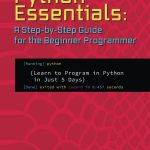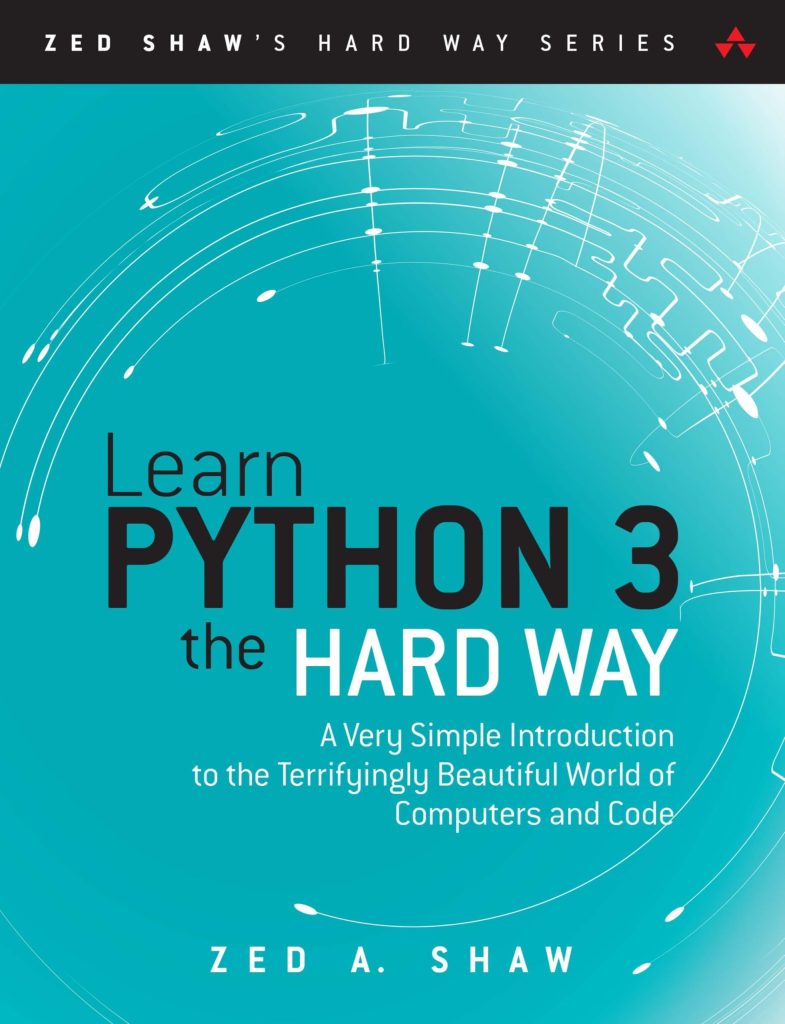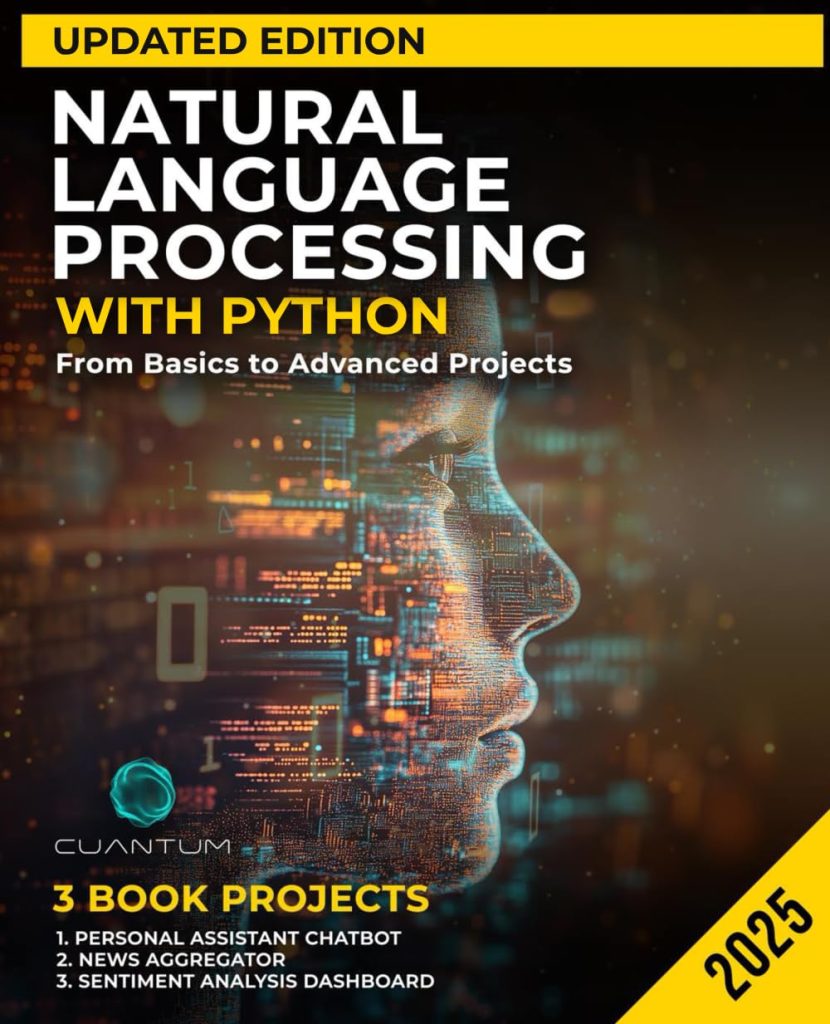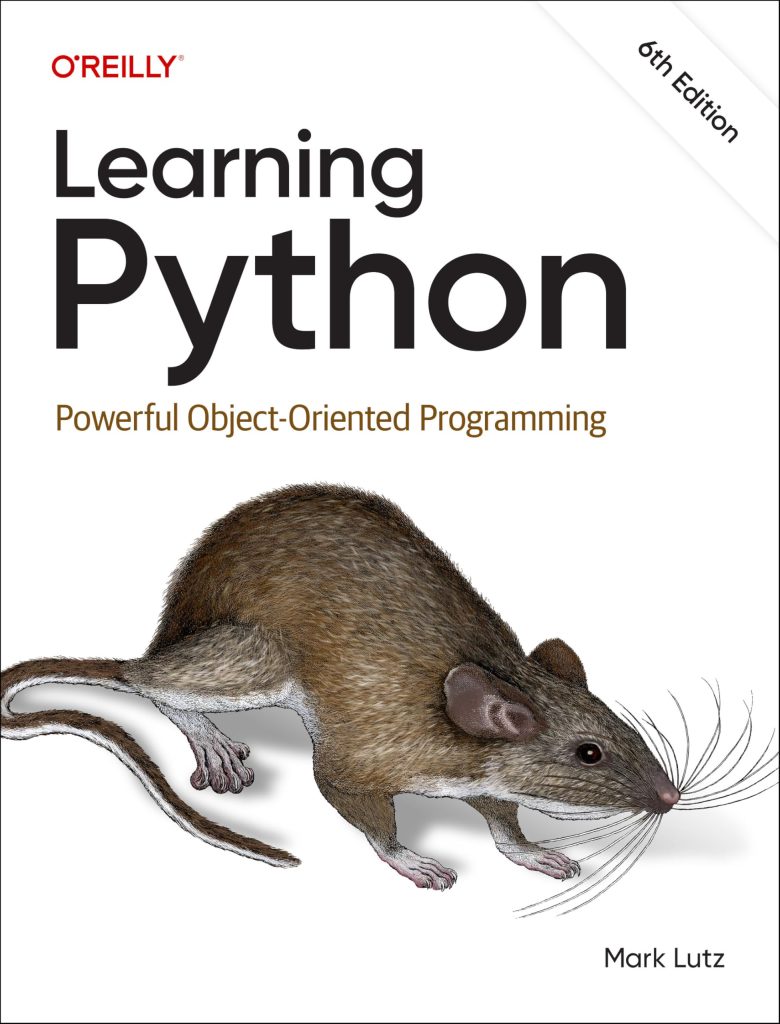
Unsupervised learning is an important area of machine learning that involves training a model using data that is not labeled. In this realm, scikit-learn serves as a powerful toolkit, providing a wide array of algorithms and utilities to handle various unsupervised learning tasks. The primary objective here is to identify patterns or groupings in data, allowing for insights that can guide decision-making processes.
In contrast to supervised learning, where the goal is to predict an output based on input features, unsupervised learning takes a more exploratory approach. By using techniques like clustering and dimensionality reduction, practitioners can achieve a deeper understanding of data distributions, uncover hidden structures, and generate new features from the existing dataset.
Scikit-learn encapsulates several algorithms for unsupervised learning, making it highly accessible and efficient for developers and data scientists. Below are the essential unsupervised learning techniques available in this library:
1. Clustering: This technique organizes data into groups so that points in the same group are more similar to each other than to those in other groups. Common algorithms include K-Means, Hierarchical Clustering, and DBSCAN.
2. Dimensionality Reduction: That is about reducing the number of variables under consideration and can be achieved through methods like Principal Component Analysis (PCA) and t-distributed Stochastic Neighbor Embedding (t-SNE). These methods help in visualizing high-dimensional data and improving the performance of other machine learning algorithms.
3. Anomaly Detection: This technique focuses on identifying rare items, events, or observations that raise suspicions by differing significantly from the majority of the data. Various algorithms like Isolation Forest and Local Outlier Factor are instrumental in these scenarios.
To illustrate the simplicity and power of implementing an unsupervised learning algorithm in scikit-learn, think an example using K-Means clustering:
from sklearn.datasets import make_blobs from sklearn.cluster import KMeans import matplotlib.pyplot as plt # Generate synthetic data X, y = make_blobs(n_samples=300, centers=4, cluster_std=0.60, random_state=0) # Create a K-Means model kmeans = KMeans(n_clusters=4) kmeans.fit(X) # Predict the clusters y_kmeans = kmeans.predict(X) # Plot the results plt.scatter(X[:, 0], X[:, 1], c=y_kmeans, s=50, cmap='viridis') centers = kmeans.cluster_centers_ plt.scatter(centers[:, 0], centers[:, 1], c='red', s=200, alpha=0.75, marker='X') plt.show()
In this snippet, we first generate synthetic data using the make_blobs function. Next, we create an instance of the KMeans class from the scikit-learn library, fit it to our data, and then visualize the clusters along with their centroids.
Overall, unsupervised learning is a diverse field within machine learning, offering tools and techniques that facilitate a comprehensive understanding of data, which is fundamental for advanced analysis and decision-making.
Clustering Methods and Their Applications
Clustering methods form one of the cornerstones of unsupervised learning, allowing data scientists to group similar data points based on their features. These techniques are widely applicable across various domains, such as customer segmentation, image recognition, and genetics, among others. The ability to discern natural groupings within data without prior labels makes clustering essential for exploratory data analysis.
One of the most popular clustering algorithms is K-Means. This method partitions the dataset into K distinct clusters, where each data point belongs to the cluster with the nearest mean. The simplicity and efficiency of K-Means make it a go-to choice for many applications. The algorithm proceeds iteratively, recalculating centroids and assigning points to the nearest centroid until convergence is reached.
from sklearn.datasets import make_blobs from sklearn.cluster import KMeans import matplotlib.pyplot as plt # Generate synthetic data X, y = make_blobs(n_samples=300, centers=4, cluster_std=0.60, random_state=0) # Create a K-Means model kmeans = KMeans(n_clusters=4) kmeans.fit(X) # Predict the clusters y_kmeans = kmeans.predict(X) # Plot the results plt.scatter(X[:, 0], X[:, 1], c=y_kmeans, s=50, cmap='viridis') centers = kmeans.cluster_centers_ plt.scatter(centers[:, 0], centers[:, 1], c='red', s=200, alpha=0.75, marker='X') plt.show()
DBSCAN (Density-Based Spatial Clustering of Applications with Noise) is another powerful clustering algorithm, particularly known for its ability to discover clusters of varying shapes and sizes while effectively identifying outliers. Unlike K-Means, DBSCAN does not require the number of clusters to be specified a priori. Instead, it relies on the density of data points to form clusters.
from sklearn.cluster import DBSCAN
# Generate synthetic data
X, _ = make_blobs(n_samples=300, centers=3, cluster_std=0.60, random_state=0)
# Create a DBSCAN model
dbscan = DBSCAN(eps=0.3, min_samples=5)
y_dbscan = dbscan.fit_predict(X)
# Plot the results
plt.scatter(X[:, 0], X[:, 1], c=y_dbscan, s=50, cmap='viridis')
plt.title("DBSCAN Clustering")
plt.show()
Hierarchical clustering offers an alternative approach by creating a tree of clusters, known as a dendrogram. This method can be useful for understanding the data’s structure better by allowing users to choose the number of clusters based on the desired similarity level. Scikit-learn provides both agglomerative and divisive hierarchical clustering methods, giving flexibility depending on the application.
from sklearn.cluster import AgglomerativeClustering
# Generate synthetic data
X, _ = make_blobs(n_samples=300, centers=3, cluster_std=0.60, random_state=0)
# Create a hierarchical clustering model
hierarchical = AgglomerativeClustering(n_clusters=3)
y_hierarchical = hierarchical.fit_predict(X)
# Plot the results
plt.scatter(X[:, 0], X[:, 1], c=y_hierarchical, s=50, cmap='viridis')
plt.title("Hierarchical Clustering")
plt.show()
In applications like market research, clustering can be leveraged to identify customer segments with distinct purchasing behaviors. In healthcare, it can uncover patterns in patient symptoms that may indicate underlying conditions. Clustering provides a means to systematically explore and interpret vast datasets, revealing actionable insights that might remain obscured otherwise.
Ultimately, the choice of clustering algorithm should be driven by the specific characteristics of the data at hand, as well as the goals of the analysis. Scikit-learn’s versatility in clustering techniques allows practitioners to tailor their approach to best fit the problem they’re tackling, making it an invaluable resource in the field of unsupervised learning.
Dimensionality Reduction Techniques
Dimensionality reduction techniques serve as pivotal tools in unsupervised learning, primarily aiding in the simplification of datasets while retaining their essential characteristics. In practice, high-dimensional data can present several challenges, such as increased computation time, the curse of dimensionality, and difficulties in visualizing relationships. Hence, dimensionality reduction techniques become not just useful but often necessary for effective data analysis.
Among the most widely employed dimensionality reduction techniques in scikit-learn, Principal Component Analysis (PCA) and t-distributed Stochastic Neighbor Embedding (t-SNE) stand out. PCA is a linear technique that reduces dimensionality by projecting the data onto the directions of maximum variance, whereas t-SNE is a non-linear technique that focuses on preserving local structures and distances, making it particularly effective for visualizing high-dimensional data.
Principal Component Analysis (PCA) transforms the original variables into a new set of variables, known as principal components, which are uncorrelated and ranked according to the variance they capture. The first few principal components often retain most of the information in the dataset.
from sklearn.decomposition import PCA
import matplotlib.pyplot as plt
from sklearn.datasets import load_iris
# Load the Iris dataset
data = load_iris()
X = data.data
y = data.target
# Apply PCA to reduce to 2 dimensions
pca = PCA(n_components=2)
X_pca = pca.fit_transform(X)
# Plot the PCA results
plt.scatter(X_pca[:, 0], X_pca[:, 1], c=y, s=50, cmap='viridis')
plt.xlabel('First Principal Component')
plt.ylabel('Second Principal Component')
plt.title('PCA of Iris Dataset')
plt.show()
In the code snippet above, we load the classic Iris dataset and utilize PCA to reduce its four dimensions down to two. The resulting plot allows for easy visualization, revealing potential clusters within the data based on species.
While PCA is effective for linear datasets, it may not capture complex relationships in data with non-linear structures. That’s where t-distributed Stochastic Neighbor Embedding (t-SNE) shines. t-SNE reduces dimensionality while maintaining the relative distances between data points, making it an excellent choice for visualizing high-dimensional data.
from sklearn.manifold import TSNE
# Apply t-SNE to reduce to 2 dimensions
tsne = TSNE(n_components=2, random_state=0)
X_tsne = tsne.fit_transform(X)
# Plot the t-SNE results
plt.scatter(X_tsne[:, 0], X_tsne[:, 1], c=y, s=50, cmap='viridis')
plt.xlabel('t-SNE Component 1')
plt.ylabel('t-SNE Component 2')
plt.title('t-SNE of Iris Dataset')
plt.show()
In this example, we apply t-SNE to the same Iris dataset, reducing it to two dimensions for visualization. Unlike PCA, the t-SNE algorithm preserves the local structure of the data points, which often leads to more meaningful separation between clusters, thereby enhancing interpretability.
It is important to note that while dimensionality reduction techniques simplify data, they also introduce trade-offs. PCA can obscure intricate data relationships through linear transformations, while t-SNE, although powerful in visualization, can be computationally intensive and sensitive to hyperparameter settings. Therefore, it especially important to select the appropriate technique based on the specific requirements of the analysis, the nature of the data, and the intended outcomes.
In scikit-learn, the ease of use of both PCA and t-SNE underscores the library’s versatility in addressing the dimensionality challenges commonly faced in unsupervised learning, facilitating a more nuanced understanding of complex datasets.
Anomaly Detection Strategies
Anomaly detection is a vital aspect of unsupervised learning, tasked with identifying rare observations that deviate significantly from the expected norm within a dataset. These anomalies, or outliers, can provide crucial insights, particularly in domains such as fraud detection, network security, and fault detection. The underlying principle of anomaly detection lies in recognizing data points that do not conform to an anticipated pattern or distribution, which can signal critical issues or emerging trends.
Several algorithms are available for tackling anomaly detection, each with its own methodology and applications. Among the most prominent are Isolation Forest, One-Class SVM, and Local Outlier Factor, all of which leverage different principles to identify outliers.
The Isolation Forest algorithm operates on the premise that anomalies are easier to isolate than normal observations. It constructs a random forest where each tree partitions the dataset, and anomalies are expected to have shorter path lengths in the tree due to their distinctiveness. By averaging the path lengths across all trees, the algorithm can effectively identify outliers.
from sklearn.ensemble import IsolationForest
import numpy as np
import matplotlib.pyplot as plt
# Generate synthetic data with outliers
rng = np.random.RandomState(42)
X = np.concatenate([rng.normal(loc=0, scale=1, size=(100, 2)), rng.normal(loc=5, scale=1, size=(10, 2))])
# Fit the Isolation Forest model
iso_forest = IsolationForest(contamination=0.1)
y_pred = iso_forest.fit_predict(X)
# Plot the results
plt.scatter(X[:, 0], X[:, 1], c=y_pred, cmap='coolwarm', edgecolor='k')
plt.title('Isolation Forest Anomaly Detection')
plt.show()
In this example, we generate synthetic data that includes a cluster of outliers. The Isolation Forest model is then fitted to the data, where anomalies are identified through their distinct characteristics within the dataset. The resulting plot visualizes the identified anomalies, providing clear insights into their distribution.
Another effective method for anomaly detection is the Local Outlier Factor (LOF), which identifies anomalies based on their local density. The LOF algorithm evaluates the density of a point relative to its neighbors, where points that have significantly lower density than their peers are flagged as outliers. This method is particularly useful in datasets where the normal class is not uniformly distributed.
from sklearn.neighbors import LocalOutlierFactor
# Fit the Local Outlier Factor model
lof = LocalOutlierFactor(n_neighbors=20)
y_lof = lof.fit_predict(X)
# Plot the results
plt.scatter(X[:, 0], X[:, 1], c=y_lof, cmap='coolwarm', edgecolor='k')
plt.title('Local Outlier Factor Anomaly Detection')
plt.show()
In this snippet, we apply the Local Outlier Factor to the same synthetic dataset and visualize the identified anomalies in a similar manner. The resulting plot highlights how LOF differentiates between normal observations and potential outliers, showcasing its effectiveness in identifying not just isolated points, but also groups of anomalies based on local density variations.
Moreover, One-Class SVM provides a robust approach by learning a decision boundary that encapsulates the normal data points. This boundary is subsequently used to classify data as either normal or anomalous, making it well-suited for scenarios where the dataset primarily consists of observations from one class.
from sklearn.svm import OneClassSVM
# Fit the One-Class SVM model
oc_svm = OneClassSVM(gamma='auto')
oc_svm.fit(X)
# Predict anomalies
y_oc_svm = oc_svm.predict(X)
# Plot the results
plt.scatter(X[:, 0], X[:, 1], c=y_oc_svm, cmap='coolwarm', edgecolor='k')
plt.title('One-Class SVM Anomaly Detection')
plt.show()
In this code example, we implement the One-Class SVM on the same synthetic dataset. The resulting visualization illustrates the decision boundary learned by the model, effectively marking normal data points and potential anomalies.
Anomaly detection in scikit-learn provides a variety of techniques tailored for diverse datasets and specific use cases. The effectiveness of these methods underscores the importance of selecting an appropriate approach based on the nature of the data and the analytical goals at hand. By employing these techniques, practitioners can gain valuable insights from anomalous data points, ultimately leading to more informed decision-making and enhanced operational efficiency.
Evaluating Unsupervised Learning Models
Evaluating unsupervised learning models can be particularly challenging, as the absence of labeled data complicates the assessment of model performance. Unlike supervised learning, where accuracy, precision, and recall provide clear metrics for evaluation, unsupervised learning requires other strategies to gauge how well a model has captured the underlying structure of the data.
One common approach to evaluate clustering algorithms is to use internal validation metrics, which quantify the quality of the clusters produced without the need for external ground truth labels. These metrics include Silhouette Score, Davies-Bouldin Index, and the Calinski-Harabasz Index.
The Silhouette Score measures how similar an object is to its own cluster compared to other clusters. It ranges from -1 to 1, where a value close to 1 indicates that the points are well clustered, while values close to -1 suggest that the points might have been assigned to the wrong cluster.
from sklearn.datasets import make_blobs
from sklearn.cluster import KMeans
from sklearn.metrics import silhouette_score
# Generate synthetic data
X, _ = make_blobs(n_samples=300, centers=4, cluster_std=0.60, random_state=0)
# Fit a K-Means model
kmeans = KMeans(n_clusters=4)
kmeans.fit(X)
# Calculate the Silhouette Score
score = silhouette_score(X, kmeans.labels_)
print('Silhouette Score:', score)
In this code snippet, we generate synthetic data using `make_blobs`, fit a K-Means model, and compute the Silhouette Score to evaluate the clustering quality. A higher score would indicate that the clusters are well-structured.
The Davies-Bouldin Index evaluates the average similarity ratio of each cluster with the cluster this is most similar to it. A lower Davies-Bouldin Index indicates better clustering performance. It can be useful for comparing the relative performance of different clustering algorithms.
from sklearn.metrics import davies_bouldin_score
# Calculate the Davies-Bouldin Index
db_index = davies_bouldin_score(X, kmeans.labels_)
print('Davies-Bouldin Index:', db_index)
Finally, the Calinski-Harabasz Index, also known as the Variance Ratio Criterion, evaluates the ratio of the sum of between-cluster dispersion to within-cluster dispersion. A higher score indicates better defined clusters.
from sklearn.metrics import calinski_harabasz_score
# Calculate the Calinski-Harabasz Index
ch_index = calinski_harabasz_score(X, kmeans.labels_)
print('Calinski-Harabasz Index:', ch_index)
Employing these metrics allows practitioners to cost-effectively compare different unsupervised learning models, helping them choose the best one for their specific application. Additionally, it’s often beneficial to visualize the results through scatter plots or other graphical representations to gain an intuitive understanding of the model’s performance.
For dimensionality reduction techniques, such as PCA and t-SNE, reconstruction error and explained variance can serve as evaluation metrics. In the case of t-SNE, visual inspection is paramount, as the method is primarily aimed at visualizing high-dimensional data.
Ultimately, while evaluating unsupervised learning models may lack the straightforwardness of supervised evaluations, employing a combination of these metrics and visualizations can yield meaningful insights into the model’s effectiveness, guiding further refinement and development.






